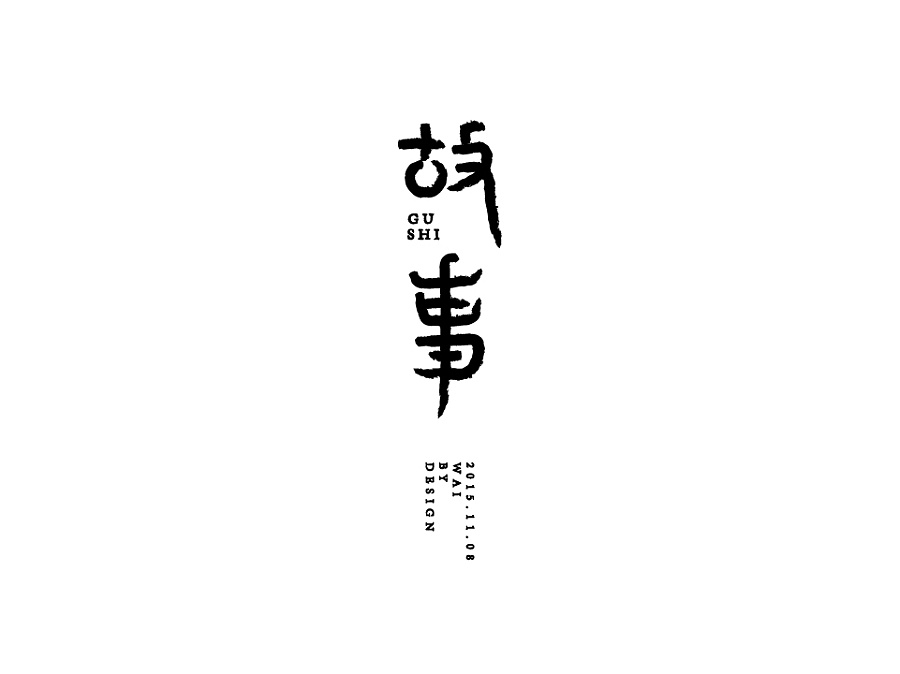


Insight/2020/11.2020/11.05.2020_ChinaIPOs/Gross%20Proceeds%20of%20IPOs%20by%20Exchange%20by%20Year.png)
In 1919, the Ministry of Education issued a plan to limit the number of kanji to 2,616 and to eventually replace all the kanji by an all-phonetic script. The major focus of these attempts was to achieve a closer correspondence between spoken and written Japanese (genbun-itchi) by eliminating obsolete grammar forms and limiting the use of kanji in the writing system. However, more concrete institutional attempts to amend the orthography did not begin until the Meiji period when the whole country was fervent in the attempt to catch up with the West. Prior to the Meiji period (1868–1911), there had already been some haphazard suggestions to reform the Japanese writing system as a result of contacts with the West, notably the Portuguese. The other two are kanji, Chinese-based characters that represent Chinese loanwords and some native Japanese morphemes, and romaji or romanized Japanese. Manyogana eventually gave rise to hiragana and katakana, two of the four syllabaries that make up the modern Japanese writing system. Around the 5th century, a system of using Chinese characters to phonetically represent Japanese sounds, called manyogana, was developed initially to record indigenous Japanese poetry. This was until a system of diacritic marks placed alongside the Chinese text, called kanbun, was developed to aid ordinary but educated Japanese speakers to decipher classical Chinese. Initially after its introduction to Japan, like in China, classical Chinese was only read and written by highly educated and sinicized Japanese scholars. The existence of an earlier indigenous runic writing, known as kamiyo moji, prior to the introduction of Chinese to Japan in the 4th century AD, has never been proven. Language Policies Regarding the Written Language in Japan The majority of the population was either illiterate or they would rely on a mixed script consisting of Chinese characters and some sort of phonetically-based script either developed indigenously or derived from Chinese characters used for their pronunciations. Knowledge of classical Chinese, however, was always exclusive to the elites. These capacities included borrowing of complete Chinese characters, the invention of new Chinese-like characters and rendering the native script using Chinese characters. The difficulties meant the Chinese writing system was historically adopted by these countries in various capacities.

While the application of the logogrammic nature of the Chinese writing system to the Chinese language itself is rather straightforward, to the Vietnamese and especially to agglutinative Japanese and Korean languages it presents linguistic nightmares. All three languages are considered by linguists to be “language isolates.” On the other hand, the Chinese language, with its many “dialects”, belongs to the Sino-Tibetan language family which is largely monosyllabic and tonal language. Japanese and Korean are probably both members of the Altaic language family and are both agglutinative Vietnamese belongs to the Austroasiatic language family. Spoken Japanese, Korean, and Vietnamese are linguistically unrelated to Chinese. The Incompatibility between the Chinese Writing System and the Japanese, Korean, and Vietnamese languages


 0 kommentar(er)
0 kommentar(er)
